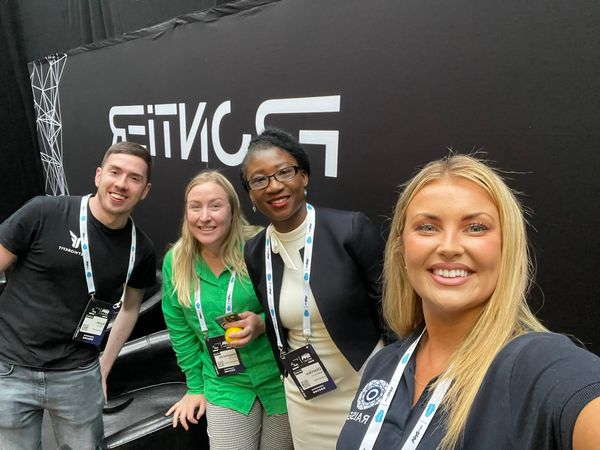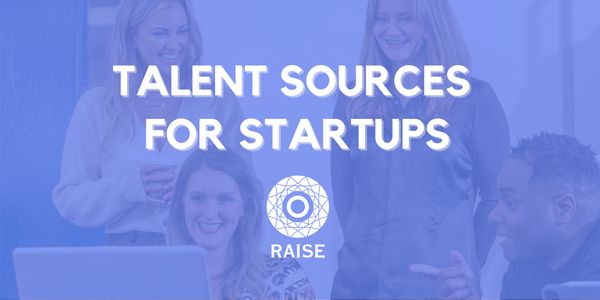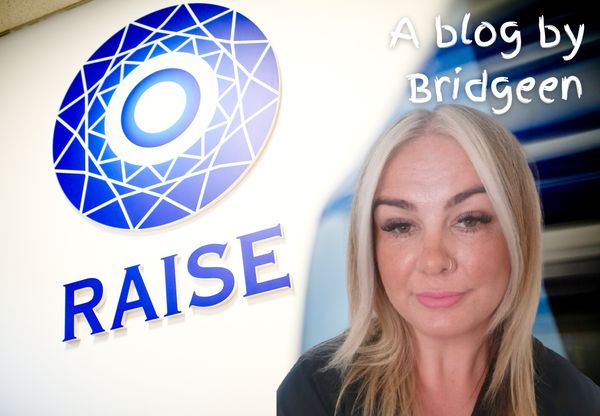A blog by co-founder Marty Neill
Have you struggled to find the most suitable CRM system for you? Raise co-founder Marty Neill shares his struggles and successes exploring different CRM systems through the last few years with his startup AirPOS.
TDLR: Skip to find out more about each CRM system below.
But back to the beginning...
An investor once told me, on the way out of what would regrettably turn out to be his last board meeting, that his big problem with our company was that it wasn’t customer-focused. He’d left us a Glengarry Glenross DVD (yes it was that long ago) the day before, after we’d had some great conversations about sales and the philosophy of selling. If you know the movie then you know the message. If you don’t know the movie it might be an idea to give it a watch before reading on.
His comment struck home so hard that it hurt. He was entirely right. In the midst of all of the 100 other things we were focused on such as building a product, closing our investment round, hiring staff etc etc etc we’d largely forgotten the path to our north star; to help small retailers to sell in their shops and online. In this particular board meeting we hadn’t mentioned our customers once. I wish I’d vowed there and then to never let this be true ever again but in truth it took a while to change the company's culture from customer-blurry to customer-focused.
Key to this change wasn’t just making sure our people understood the who and and the why of what we do but also the systemisation of how we do it. At the best of times startups are an exercise in evolving from being reactive to being proactive and how you find, engage and close sales is no different.
If I’ve never met you I know one thing about your startup, it needs more sales. How do you get there? Well if you have the culture in order (the entire organisation is customer-focused) and you are generating enough prospects (marketing are doing their job well) then you can commit to the systemisation of your sales processes and therefore decide on the tools required to make your sales process repeatable. And of course with the explosion of software in the last decade there’s a multiverse of different tools available but for our purposes we’re going to focus on CRMs (customer relationship management tools) and touch briefly on the next gen offerings such as Intercom or Drift. These new breeds are largely platforms attempting to do lead generation, CRM and customer support on one platform.
Here I’ll make a bold statement. There still aren’t any CRMs dedicated to startup models such as Software as a Service companies (SaaS) or marketplaces and so there’s still a lot of hammering a more traditional type of structure in your CRM into something suitable for your startup. If I’m wrong about that please please please leave a comment below and point me to the thing I’ve never been able to find!
Also fundamental things like terminologies will vary from platform to platform, some systems will call them leads whereas others might call them suspects. Default setups will vary too wildly. As will pricing. Thankfully most platforms will give you a free trial and therefore you can get to try it out before you buy.
In the ten years that we’ve been ‘customer-focused’ we’ve used the following systems for customer relationship management with varying degrees of success. Caveat! We started using some of this software in 2010 and so it, like us, was very early stage.
Zoho CRM
Zoho CRM, our first CRM, in truth it felt like desktop software ported to the cloud rather than something that had been built for cloud companies. It was okay but we always felt we were overpaying for something that wasn’t very flexible. We used it for about 6 months in the very early days but once we started to get a lot more customer engagement we quickly felt we needed something else. We moved on to…
OnePage
We loved the simplicity and philosophy of OnePageCRM as it was designed to be super easy to use and maintain. Unfortunately for us it was really early stage and very under-developed but there’s definitely room for a super simple to set up and doddle to use CRM.
InterCom
Next up we moved to one of the new breed of CRMs which wasn’t really a CRM, a support system or anything really at the time but hinted towards being a complete system that would eventually cover sales, support and marketing which was hugely exciting. It helped that we also knew the founders of Intercom, Des and Eoighan, from both their previous company Contrast and also from various trips to South by South West and other meetups.
We loved Intercom but unfortunately it didn’t love us as around 5 years into our relationship they started to change their pricing and as much as we valued their software we really couldn’t live with a 5000% price rise either financially or morally. This is a note of caution on baking any software too tightly into your business processes, it’s not unheard of for providers to suddenly decide your type of customer isn’t worth it to them any more and to hike the price so that you are either tolerated at a much higher price or go elsewhere.
It’s usual to have price rises, software is a business like any other, but in Intercom’s case they really did go way too far. So far in fact that when Eoghan McCabe the founding CEO returned to the business in late 2022 after a couple of years away one of his major pledges was to ‘fix their pricing.’ Would we trust the guy who wrecked the pricing on his previous watch to fix it on his return? Nope!
Also be very cautious with their startup tier, it lasts a year and the price hike will be eye watering. We also found their customer service, for a company claiming that they’ll take out Zendesk, to be very very poor at best. A shame, it could all have been so different…
Hubspot
So having ripped Intercom out of our stack at much cost, both in time and stress, we went looking for a similar approach allowing us to have one system for sales, marketing and support. Really we couldn’t find a legitimate alternative to Intercom that was similar and so we moved to Hubspot for our CRM with its integrated marketing functions, and adopted the chatbot of Continually a local startup founded by former Front and Typecast founder Paul McKeever. This ‘hybrid’ stack worked well for us but we had some struggles with integrating the various tools. We also found that Hubspot quickly became very pricey as we needed even the most basic of features unlocked. It’s very very good at moving you along their pricing tiers at haste, a very well oiled machine in this regard but really in terms of value we didn’t feel we were getting enough for our ever increasing bills and once again we went looking for a system that could give us sales, marketing, support and messaging under one roof.
Monday.com
Next we went to Monday.com which looks a little bit like it can do everything but really it's pretty flexible software that can be reconfigured to do most things well but nothing very well. Like Hubspot it’s also excellent at moving you through the pricing tiers by unlocking what feels like basic functionality most of the time for extra money but also like Hubspot this feels unbalanced and unsatisfying.
We gave up on our ideal of everything from one place at this point and decided to move to the best tool for each job having learned that there isn’t really one tool to rule them all just yet. The company too was growing in terms of staff numbers at this point which presented a different challenge also. There’s a big difference between one and three sales reps using a system for example which is why you must always design your systems for the future, not for the now.
Pipedrive CRM, Mailchimp and Zendesk
Our stack then became:
- Pipedrive CRM for sales
- Pipedrive leadbooster chat for lead generation and chat on the website
- Mailchimp for marketing
- Zendesk for customer support
For sales we went with Pipedrive CRM for two reasons. Firstly when we trialed the software we found it very, very flexible in terms of its set up and configurability. It is the one CRM we’ve been easily able to design for the needs of a SaaS company. Secondly Pipedrive came with an attached messenger giving us the ability to capture leads and have chats with customers. They were also moving towards a marketing platform also and have since acquired marketing companies to add email marketing, automations and more to their features. However Pipedrive is in no way useful for customer support and so we coupled it with Zendesk for support (again integrating was a huge challenge but that’s a post for another time.)
Drift
Overall the ‘best tool for the job’ is where we are still with the only change being that we moved from the very unusable Zendesk to the much more Intercom like Drift for livechat and customer support.
The ideal is definitely that all of the functions of sales, marketing, livechat, customer support and messaging fall under one roof but realistically we need to remember that cloud software is just about a decade old and that our expectations should reflect this. We’ve no doubt that one of the above companies will eventually amalgamate all of these business processes into one all singing all dancing platform but as stands there’s no real front runner. Maybe it’ll be the next generation of disruptors who build it.
The Big Tip
You’re bound to get to the point where you want to do automations with your CRM. Bet your bottom dollar that your CRM will need to have your customers name split into first name and last name whereas your leads gen tool, mailing list software etc will most likely have the name all as one. Using Zapier for your automations? Enter the Zapier Formatter tool which you can use to split text and have the first name and last name split ready to be zapped into your CRM.










Member discussion